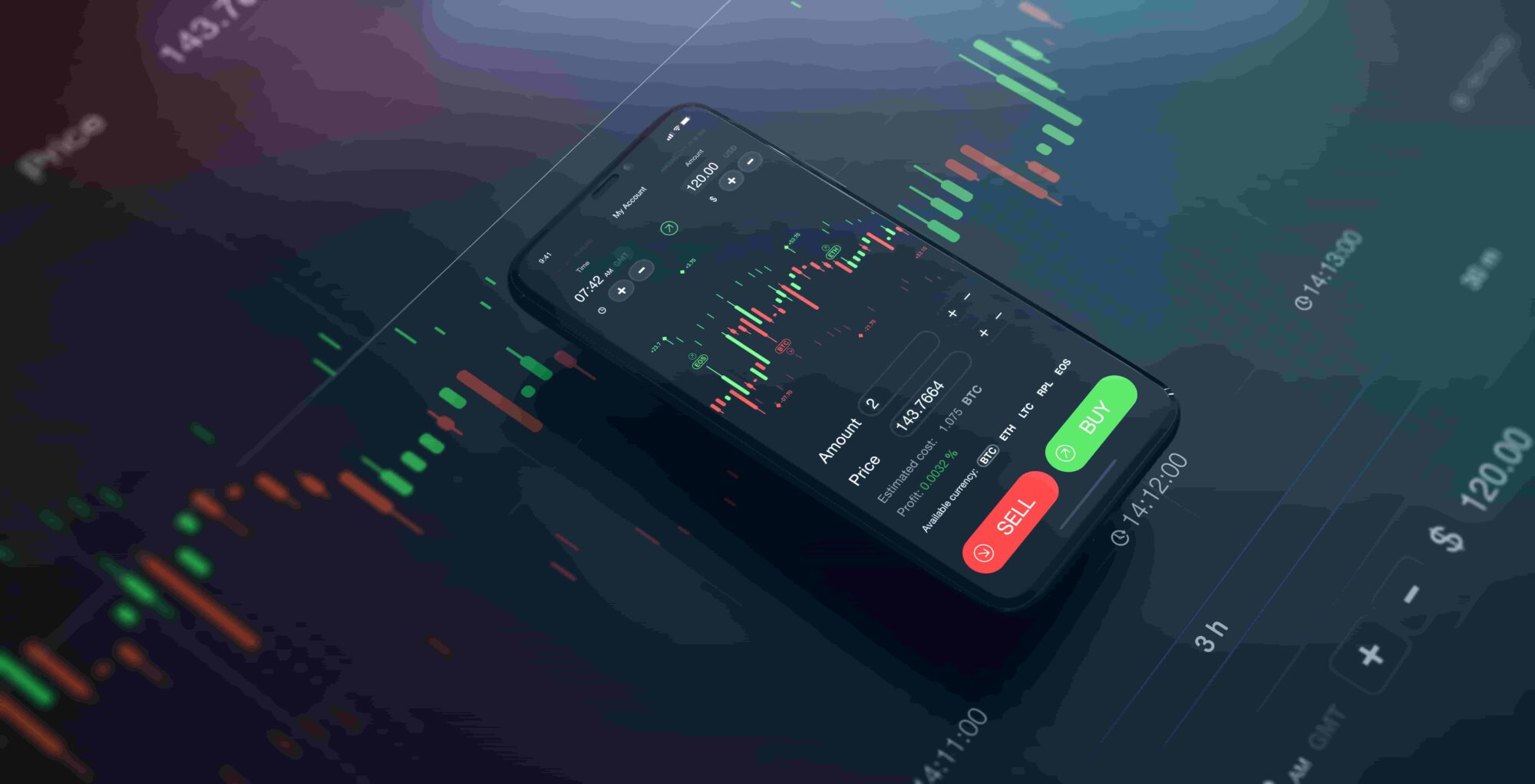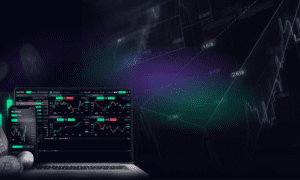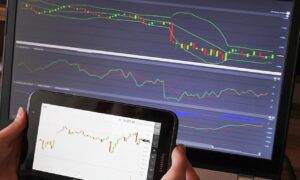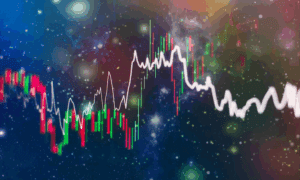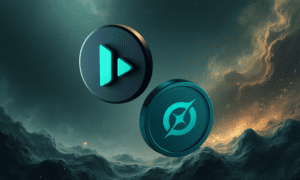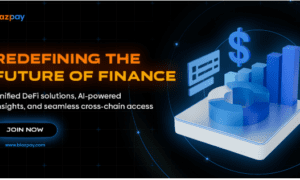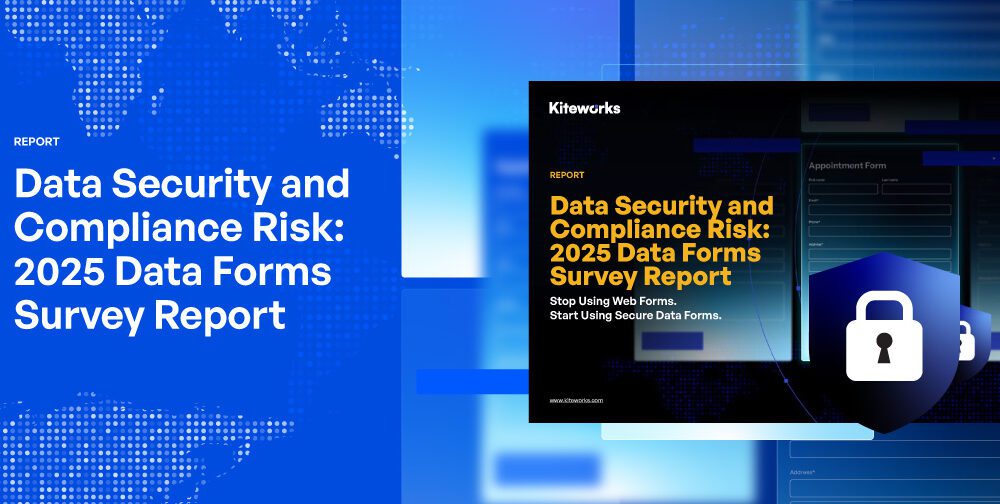What is Forex?
Forex, or foreign exchange, is the global market for trading currencies. It operates 24 hours a day across major financial centers,from Tokyo to London to New York. Traders, investors, businesses, and governments participate, aiming to profit from currency rate fluctuations.
If you’ve ever exchanged dollars for euros or pounds, you’ve engaged with Forex , though on a small scale.
In Forex trading , you buy one currency while selling another via currency pairs like EUR/USD or GBP/JPY. The market’s vast liquidity and constant movement make it both challenging and alluring.
Why Forex Trading is Popular
Forex trading appeals for many reasons:
- Low entry cost: You can start with minimal capital thanks to micro and mini-lots.
- High liquidity: You can enter and exit trades almost instantly.
- Global market hours: Trade anytime between Sunday evening and Friday night.
- Accessible tools and education: Brokers and agencies provide guided onboarding, strategy tutorials, and tools.
For example, N P Financials offers tailored training and analytic platforms built to support traders at every level. Meanwhile, SparkifyTech, a marketing agency, provides promotional and branding support to brokers and trading service providers , an important angle if you’re interested in the business side of trading platforms or affiliate marketing.
Understanding the Forex Market
Currency Pairs Explained
Currencies are traded in pairs. The first currency is the base, the second is the quote.
A quote like EUR/USD at 1.1200 means one euro costs 1.12 USD.
- If the price rises to 1.1300, the euro gains strength.
- If it falls to 1.1100, the dollar strengthens.
You profit by:
- Buying a pair if you believe the base will rise.
- Selling a pair if you expect the base to weaken relative to the quote.
Major vs Minor vs Exotic Pairs
- Major pairs: Always include USD and offer high liquidity and low spreads (e.g. EUR/USD, USD/JPY).
- Minor pairs: Don’t include USD but are well-traded (e.g. EUR/GBP, AUD/NZD).
- Exotic pairs: Combine a major and smaller emerging-market currency (e.g. USD/TRY or EUR/ZAR), often volatile and costly.
Beginners benefit from sticking to majors because they’re easier to trade and carry less unpredictable risk.
Getting Started with Forex Trading
Choosing a Reliable Forex Broker
A solid broker is crucial. Look for:
- Regulation from recognized authorities (ASIC, FCA, CySEC, etc.).
- Transparent fees and spreads so you know what you’re paying.
- Reliable execution so trades happen quickly.
- User-friendly platforms and responsive customer support, especially when you’re starting out.
On the trading tools side, N P Financials supports traders with bespoke account setups, personalized coaching, and strategy tools designed to simplify market entry and decision-making.
Opening a Forex Trading Account
To start trading:
- Register via your chosen broker’s website.
- Verify your identity with a photo ID and proof of address.
- Fund your account using your preferred method , card, bank transfer, or e-wallet.
- Download a trading platform (such as MetaTrader 4, MetaTrader 5, or the broker’s proprietary software).
- Start with a demo account, offered by most brokers, to build confidence and refine strategies before risking real capital.
Learning the Basics of Forex Strategies
Technical Analysis
Technical traders rely on price charts, patterns, and indicators to forecast future movement:
- Moving Averages: Smooth price data over time.
- RSI (Relative Strength Index): Shows overbought or oversold conditions.
- MACD: Highlights shifts in momentum.
- Support and Resistance zones: Areas where price often stalls or reverses.
When multiple indicators line up, it’s called confluence, which can increase confidence in a trade signal.
Fundamental Analysis
This involves evaluating macroeconomic data:
- Interest rates, set by central banks, can quickly shift currency values.and so even the strongest currency in the world can depreciate suddenly
- GDP growth indicates economic strength.
- Inflation and employment figures are closely watched.
- Political developments or crises also significantly impact market sentiment.
Tracking economic calendars and news releases is essential for successful fundamental analysis.
Risk Management and Trading Psychology
Setting Stop Loss and Take Profit
You cannot predict market shifts perfectly, but you can limit potential losses:
- A stop loss closes your position at a preset level if price moves against you.
- A take profit locks in gains once your target is reached.
Follow the 2% rule , never risk more than 2% of your account balance on any single trade. Combine this with proper position sizing to maintain long-term balance in your portfolio.
Emotional Control and Discipline
Emotions can wreck your strategy. Common pitfalls include:
- Greed: Chasing profits beyond the plan.
- Fear: Causing hesitation or early exits.
- Revenge trading: Trying to win back a loss impulsively.
Combat these with:
- A trading journal logging trades, outcomes, and emotions.
- Breaks after big wins or losses.
- Mindfulness techniques to manage stress.
A disciplined mindset separates winning traders from the rest.
Tools and Platforms for Forex Trading
Top Trading Platforms and Tools
Two giants in trading platforms are MetaTrader 4 (MT4) and MetaTrader 5 (MT5). Both offer:
- Robust charting tools.
- Custom indicators and automation via EAs (Expert Advisors).
- Multi-device access across PC, mobile, and web.
Other platforms like cTrader or TradingView offer excellent charting and social features.
Trading Bots and Automation
Trading bots can execute trades based on predefined logic:
- They run 24/5 without emotional bias.
- They can scan multiple pairs and timeframes simultaneously.
- They support backtesting of strategies on historical data.
Creating a Forex Trading Strategy
Building Your Personal Trading Plan
A solid trading plan should include:
- The pairs you trade.
- Entry and exit criteria.
- Timeframes (scalping, day, swing).
- Risk parameters (stop-loss, position size).
- Your personal trading schedule.
Your plan evolves with experience , regular review and adaptation are critical.
Practicing with a Demo Account
Why demo trading matters:
- Practice platform navigation and order placement.
- Test strategies without financial risk.
- Build emotional discipline , treat it like real trading.
Once you achieve consistent profitability in demo mode, transition to live trading gradually with small capital. N P Financials offers support and coaching through this phase to help traders enter the market safely and learn how to do Forex trading safely.
Common Mistakes in Forex Trading
Avoid these pitfalls:
- Overtrading – too many low-quality setups.
- Neglecting stop-losses – risking large drawdowns.
- Ignoring market news – exposure to unexpected volatility.
- Chasing losses – compounding errors.
- Lack of planning – trading without structure.
Avoiding these mistakes helps preserve capital, sanity, and long-term profitability.
When to Go Full-Time with Forex
Is Trading a Viable Career?
Forex can be sustainable long term, but only if:
- You’re consistently profitable over many months.
- You have a financial cushion (6–12 months of expenses).
- You manage psychology and stress well.
Start part-time while maintaining a steady income. Only consider going full-time once both your results and mental resilience are strong.
N P Financials offers mentorship programs to guide traders through this transition.
Conclusion: Mastering the Forex Game
Forex trading isn’t about luck , it’s built on strategy, education, and emotional discipline. From choosing a reliable broker and understanding analysis to mastering risk management and psychology, every step counts.
With the right support , like N P Financials for training and coaching , you can grow steadily. Meanwhile, if you’re in fintech or brokerage, SparkifyTech can help promote your platform and attract traders with SEO, content, and digital strategy.
Trading success takes time, but with preparation, planning, and patience, it’s absolutely achievable.
FAQs
1. Is Forex trading safe for beginners?
Yes, if you start with a demo account and use proper risk controls.Educators like to N P Financials facilitate safe learning environments.
2. How much capital do I need to start?
You can begin with $100–$500 using micro or mini-lots. Demo accounts usually require no deposit.
3. Can I automate trading?
Yes, via bots and EAs , just ensure you monitor them.
- When is the best time to trade Forex?
The London New York overlap (8 AM–12 PM EST) is most liquid, but news events can shift volatility.
5. How long to become consistently profitable?
Most traders need 6–12 months of focused learning, practice, and emotional control.

